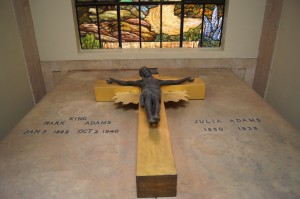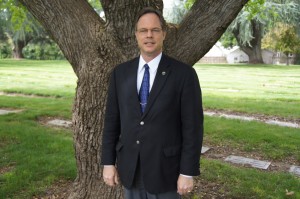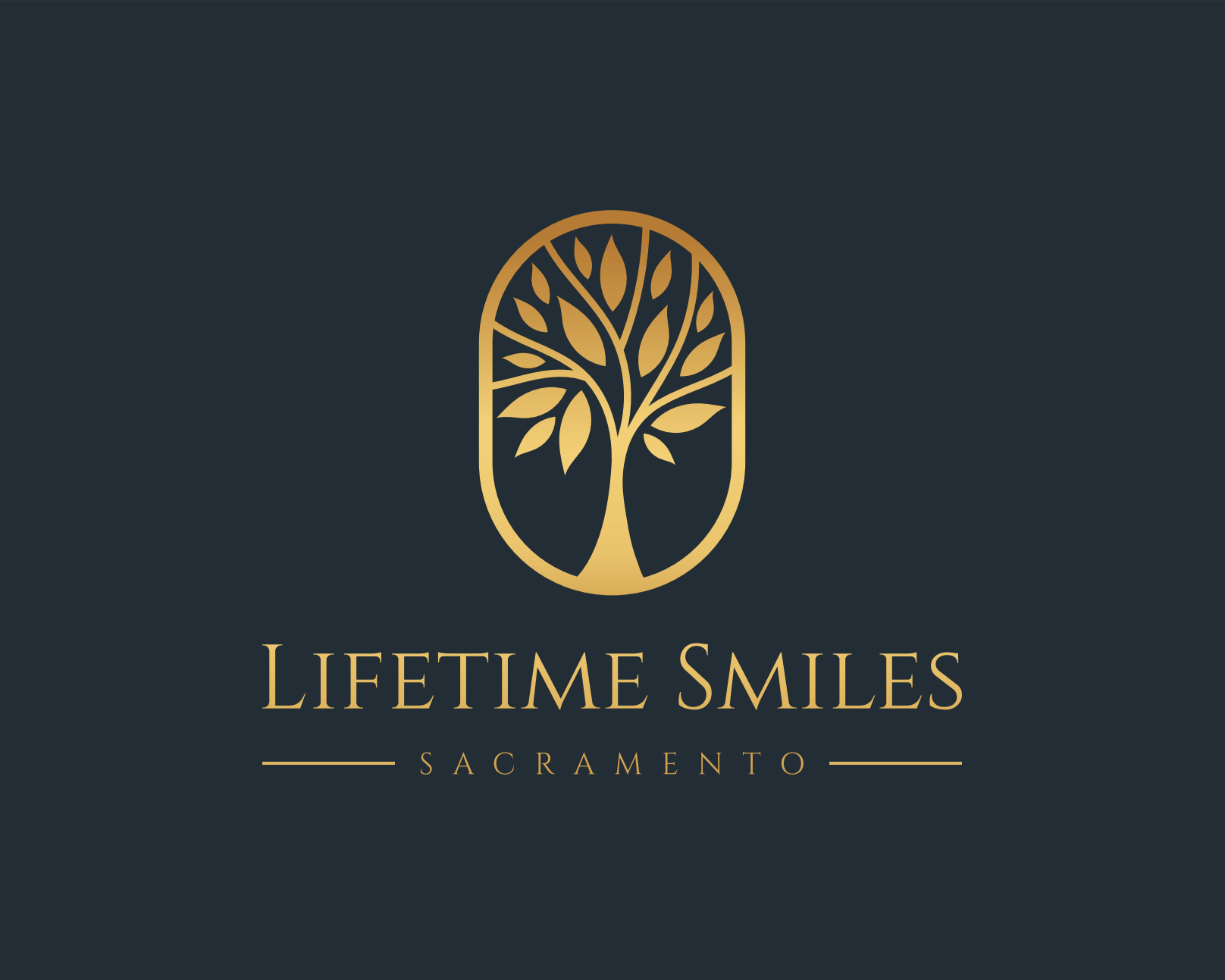Subscribe to our Newsletter!
 East Sacramento Preservation
East Sacramento Preservation- Neighborhood National Night Out Celebration 07/25/2023
- East Sacramento Preservation 2023 Scholarship Winners 07/20/2023
- Neighborhood National Night Out Celebration 07/30/2022
- East Sacramento Preservation 2022 Scholarship Winners 07/26/2022
- Tell the City: Climate Action Plan must Protect Trees 07/24/2022
Monthly Archives: May 2011
East Sacramento Speaker Series: Birding in East Sacramento With Dr. Ed Pandolfino
Posted in Speaker Series
1 Comment
East Sacramento Preservation: Gypsy Memories
There is a gypsy curse known by an unlucky few as powerful and relentless.
“May you wander over the face of the earth forever, never sleep twice in the same bed, never drink water twice from the same well and never cross the same river twice in a year.”
Fortunately, for Alex Adams (1861-1917), the gypsy king, the curse held no sway during his life. This ruler lies in peace in East Sacramento’s East Lawn Cemetery. He is untroubled by malicious words or the evil eye. He is peacefully surrounded by scores of his relatives and ancestors, including his queen, Mary (1877-1934).
Unfortunately, though, there was one bump in the road. Early last century his grave was robbed. A large marble slab was pried off the tomb and valuables were taken. Police at the time believe the thieves were after items typically buried with gypsy leaders. His Queen Mary, had opened a purse and threw coins into the casket adding to the treasures.
East Lawn opened in 1904. The park has interred Sacramento notables and thousands of plain folk. The park occupies 40 acres in the heart of East Sacramento’s Fabulous Forties.
East Lawn has always welcomed all ethnicities, religions and cultural groups and the gypsy presence is active and growing. Most gypsies today are Christian, many are Orthodox, a nod to east European roots.
Wives, cousins, husbands, adopted children, uncles and aunts–the family trees of the East Lawn Gypsies are intertwined and nearly impossible for an outsider to figure out.
The term royalty is applied on merit more than heredity. Feats of familial support and service can lead to being called a chieftain, or king.
One thing is clear the gypsies embrace love during life and honor their dead in grand style, whether a king or peasant.
Gypsies are not shy and bury their dead with pomp and flourish. Funerals include feasting, music, laughter, crying and story telling and markers and mausoleums are substantial.
In mid last century one of the California Gypsy kings, Dushon John, was interned in East Lawn with style. The New York Times reported, “As the copper-lined coffin, blanketed in gardenias, carnations and sweet peas was lowered, token offerings of coins were deposited. Mr. John was buried also with such personal effects as a toothbrush, a mirror and hair oil for his journey into the future… a twelve piece band played dirges and the gypsies toasted with soft drinks and beer.”
Even today you can see a relics from the past. If you peek in the Millen Pavolovich mausoleum, another king, you will see a fashionable 1930s hat encased in a glass box. It was his favorite hat.
On a cool brisk day before Easter I walked through the park admiring the granite work and trees.
A caravan of late model cars began a slow drive from the front gate.
Well-dressed, middle aged people stepped out of the vehicles carrying bouquets of yellow roses, tulips, Easter baskets, spring motif balloons, bags of McDonald’s hamburgers and hot apple pies, wineglasses, beers, soda and cups of coffee.
The banquet was laid at the tomb of John and Lulie Uwnawich in the heart of the park’s gypsy region. But only after the tomb was tidied and a mantel of aluminum foil was laid as a tablecloth.
These gypsies came to celebrate the lives of their loved-ones.
Mary (no last name given) was happy to let me photograph the feast laid at the grave. “We come to remember. I don’t know if the next generation will do this, but we still celebrate the old ways.”
There was no grief in the faces of the family. Smiles and conversation filled the air. The group was happy to celebrate the memory of the dead.
Park Manager, Craig Peterson, admires the gypsies’ practices. “They celebrate lives. The park is considering the removal of part of a roadway to accommodate more family members. For the most part, they are buried in a common area.”
I asked several of the party if I could take their picture. “No, honey, we don’t do that… no please, that’s not our way, not here,” they answered.
Who the gypsies are is often confused.
The gypsy people are believed to have emigrated from Northern India more than 1,000 years ago.
They are not of European heritage, and are not Romanian. However, the Diaspora did lead most of the group to Eastern Europe, with pockets of the population in France, Spain and England.
Intermarriage with locals and exposure to different cultures influenced the gypsies over time, but they remain a distinct group with their own practices, language and unique view of the world.
Historically, gypsies were heavily persecuted, at times with deadly consequences. They were often outside of the mainstream of society, living a nomadic life and relying on horsemanship skills, craftsmanship and fortune telling for income.
This independent living drew the suspicions of locals and the gypsies were frequently attacked and used as scapegoats.
And some of the gypsies did engage in criminal behavior.
During World War II gypsies suffered further attacks from Adolf Hitler and the Nazi racial extermination policies. Tens of thousands of gypsies perished in concentration camps, primarily in Auschwitz.
Emigration to the US began in earnest during the Eastern European waves of the early 1900s, primarily from south-eastern Europe
On the spring day I observed them there was no fortune telling, no bangles or jewels. There was love and honor, a proud people remembering the dead.
Posted in Essays
3 Comments




















 Subscribe In A Reader.
Subscribe In A Reader. Check Us Out On Facebook!
Check Us Out On Facebook! Check Us Out On Twitter!
Check Us Out On Twitter! Visit Nextdoor!
Visit Nextdoor!








